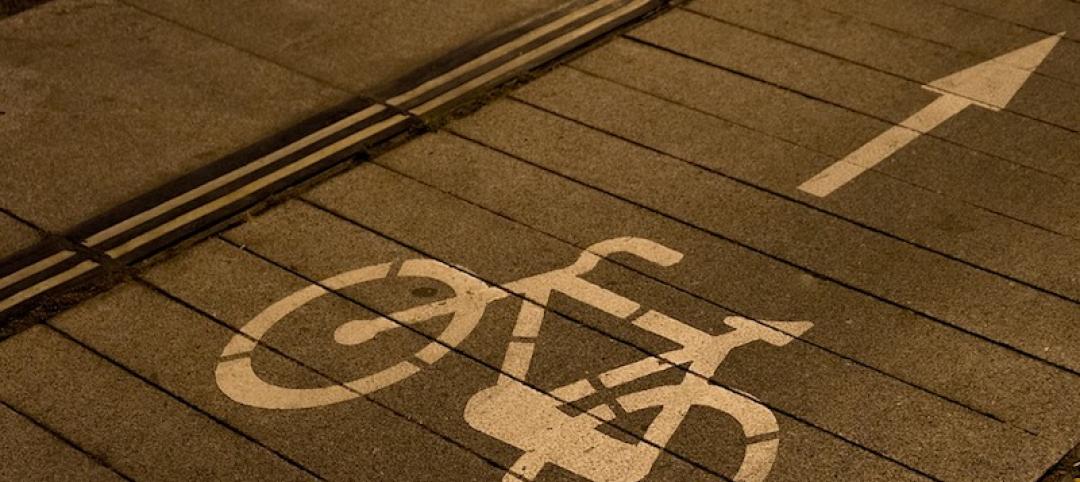In theory, adjusting indoor environments—particularly temperature and relative humidity—could help slow the spread of pathogens like COVID-19 because viruses thrive more in certain conditions.
There have been few studies on this topic, and none specifically on the coronavirus wreaking havoc around the globe, though. Certain viruses prefer high relative humidity, while others including COVID-19, favor low humidity.
There is scant data to determine whether modifying indoor environments would do any good to slow the spread of viral pathogens. Indoor relative humidity may affect how long the virus remains suspended in the air or is viable, but probably not very significantly, according to a retired pulmonary physician.
Further research could find that temperature and relative humidity can have an impact so that the building code could recommend specific environmental conditions to reduce airborne infection risk.
Related Stories
Codes and Standards | Mar 1, 2019
$1 billion Boston hospital project to include extensive disaster resiliency features
Mass. General expansion will be designed for four days of shelter in place.
Codes and Standards | Mar 1, 2019
U.S. cities have become more dangerous for bicyclists and pedestrians
Reduced speed limits, traffic calming, better education seen as keys to improvement.
Codes and Standards | Feb 28, 2019
High-income renters now the fastest-growing housing market segment
Growth is fastest in mid-sized cities with strong economies.
Codes and Standards | Feb 27, 2019
Katerra launches software platform for ‘entire lifecycle of the building process’
Firm is accepting industry applicants to test the product.
Codes and Standards | Feb 26, 2019
AAMA updates two specifications for test methods related to seismic drift
For evaluating window wall, curtain wall and storefront systems.
Codes and Standards | Feb 22, 2019
California’s carbon reduction goals to be aided by programs to convert heating, hot water systems
Switch from propane to electricity is critical to plan.
Codes and Standards | Feb 21, 2019
Researchers develop software that can calculate potential solar energy yield at any location
Accounts for dynamic shading from trees, buildings and other structures.
Codes and Standards | Feb 20, 2019
Hospitals not making much progress in reducing their carbon footprint
Energy benchmarking survey shows flat emissions pattern over past 20 years.
Codes and Standards | Feb 15, 2019
Super Bowl stadium helps alleviate Atlanta’s flood problems
Capacity to store more than 2 million gallons of storm water on site.
Codes and Standards | Feb 14, 2019
ISO publishes first global BIM standards
Based on British standard and a publicly available standard.

















